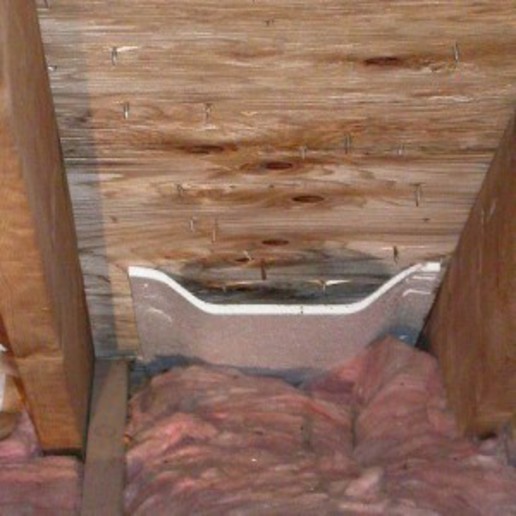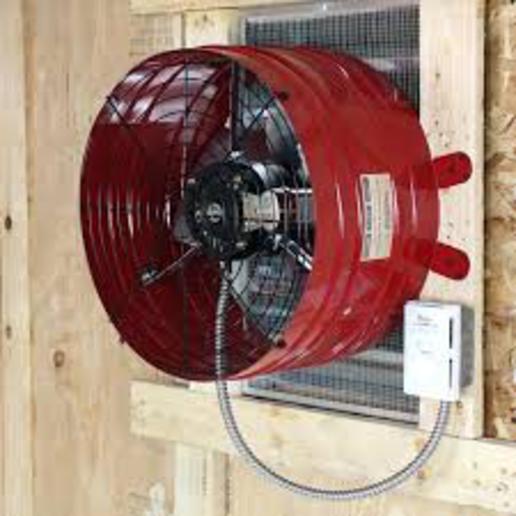Ultradog MN
Well-known Member
- Location
- Twin Cities
Am putting the roof on the new garage - 25 year 3 tab asphalt. 14 square.
Wondering about venting.
The soffit will be perforated aluminum.
I like the looks of the continuous ridge vent rather than the square, raised box type vents.
If I go with the raised box type vents how many do I need for a 1000 sq ft garage.
Another factor is I recently removed an attic fan and patched the ceiling for a lady. I kept the 2'x2' fan and was going to install it in the garage ceiling.
I think they just vent out the roof vents.
Would that make a difference which type of roof vent would be better?
Looking for thoughts/opinions from the brain trust.
Thanks
Wondering about venting.
The soffit will be perforated aluminum.
I like the looks of the continuous ridge vent rather than the square, raised box type vents.
If I go with the raised box type vents how many do I need for a 1000 sq ft garage.
Another factor is I recently removed an attic fan and patched the ceiling for a lady. I kept the 2'x2' fan and was going to install it in the garage ceiling.
I think they just vent out the roof vents.
Would that make a difference which type of roof vent would be better?
Looking for thoughts/opinions from the brain trust.
Thanks



